One of the most challenging aspects of leading a startup is the seeming impossibility of building partnerships and executing business development. Large companies are sclerotic and bureaucratic, taking eons in terms of startup years to make decisions that for them are small, but for a new company, can be life itself. Every startup ultimately needs to break through those logjams, and sometimes, they need to lock in quite a few partnerships to be successful.
And then there is RapidSOS. With a two-sided business built around relationships with dozens if not hundreds of companies on both sides of the coin, it needed to gain competency in building partnerships really early and really quickly as it scaled its data platform to improve emergency 911 calls. We’ve already covered the company’s origin story and business in parts one and two of this EC-1, and now I want to turn to the secret sauce: How a scrappy cadre of startup folks were able to break down the walls that imperil partnerships at some of the largest tech companies in the world.
The key, as we will learn, is a set of creative tactics that the company used to bind as many stakeholders into its business as possible. We’ll look at what these partnerships are and how they are formed, and then explore how RapidSOS integrated with software vendors in the 911 space. We’ll also explore how it educated call takers at public safety answering points (PSAPs), worked with its customer partners, and finally, how it built its advisory board and an industrywide initiative around health profiles to become a key thought leader in the market.
The art of the partnership
“Partnership” is a notably and intentionally vague term often thrown around startup circles. Simply put, it describes a business relationship, generally consummated with a contract or statement of work, that brings two companies together over a common initiative. Unlike a mere sale, where one company supplies a product and perhaps customer support in exchange for compensation, partnerships tend to be much broader and more strategic, and can include everything from cross-promotion and channel marketing to engineering assistance, venture investment, exclusivity commitments and more.
Every partnership is unique, which means that the first step in proposing a potential partnership is defining exactly what it is that a partner could want out of a deal. “It’s really about understanding what this company does,” Jessica Reed, VP of strategy and global partners at RapidSOS, said. “Whether it’s a security company, healthcare, whether it’s connected mobility, we need to make sure that we’re tailoring our value proposition for that particular industry vertical. So that’s something that we spend a lot of time on.”

Research and context are key here, as are interviews with industry veterans. The best partnership proposals start with a deep understanding of a target company’s products, its typical users, its own value proposition as well as how it competes and markets itself and where it might be headed in the future. It’s critical to identify a momentum-building element as well — some trend in the industry that can push potential partners toward signature rather than dismissal.
Once prepared, it’s time to connect to a company. “Certainly if there’s the ability to have a warm intro, we definitely go that way,” Reed said describing RapidSOS’ approach. “But we also do a lot of cold outreach as well.” One of the great secrets of building partnerships is that often cold outreach can be more effective than warm intros, in part because it can break down the silos that come from the limits of a founder’s or business development team’s social network.
There are shelves of books on the subject of negotiation and, ahem, getting to yes, but often companies think way too much about the signed contract and not how to immediately convert a closed partnership into a durable, working relationship. What matters isn’t getting a deal done, but rather turning it into a successful project — one that might lead to more opportunities down the road.
For RapidSOS, which had to scale to support hundreds of partners over the years, the key has been building its team and training them for the unique partners it have signed agreements with. “It’s critical to make sure that you have the appropriate set of people in the team as well as tools to provide a really good customer experience once you have actually signed that deal and launched with a partner,” Reed said. “Make sure that those communication lines stay open and you’re offering them the best experience throughout the lifetime of that relationship.”
Even at scale, every partner is unique and valuable, which means you can never lose sight of the needs of each and every one of them. But how does RapidSOS, which works with dozens of partners across multiple entirely different markets, handle those unique needs? Let’s walk through three categories: Its software integration partners in PSAPs, the staff at those centers, and then its own tech customers who build products on top of RapidSOS.
Heads down on head-up displays
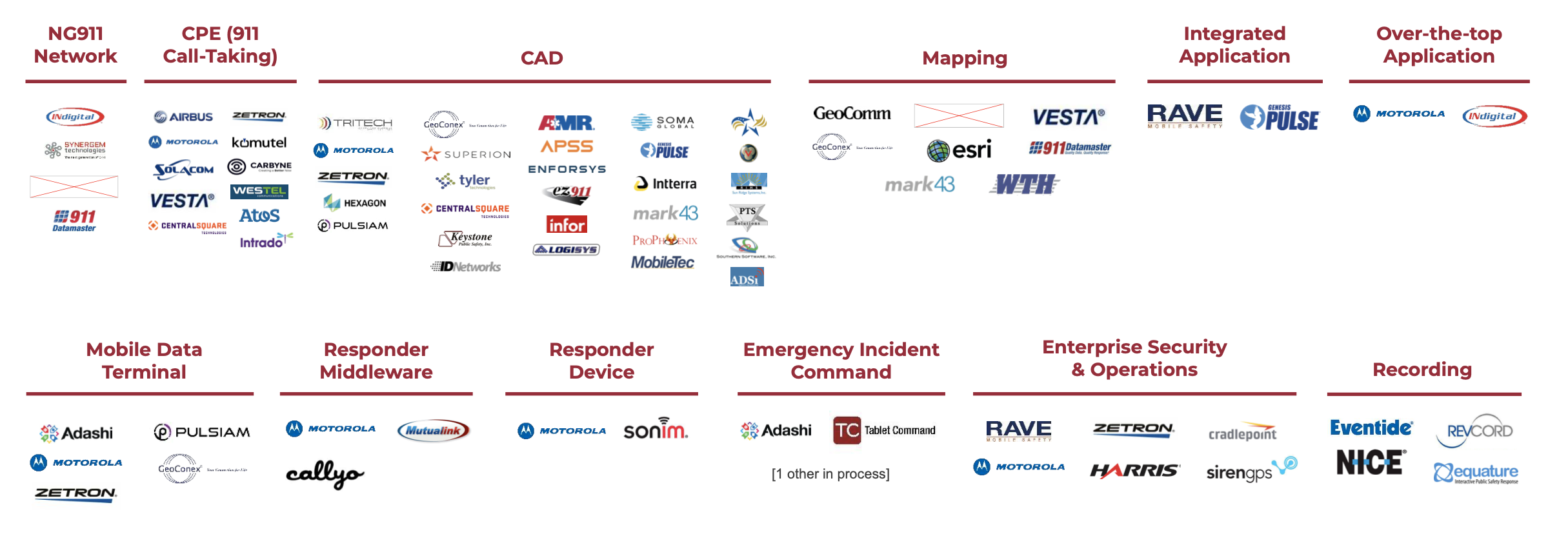
When it comes to RapidSOS’ integration partners who actually display its data within PSAPs, Reed said that “they’re the companies that are providing all the software on the screen in the 911 center. So it could be the call-handling equipment, computer-aided dispatch [and] mapping equipment.” For RapidSOS, it didn’t really matter who the integration partner is or what they do. “We’re agnostic as to how the 911 center receives the data. It’s all about what they want,” she said.
Even more importantly, RapidSOS’ strengths are complementary to its integration partners. Reed noted that the company has no interest in vertically integrating in the 911 technology stack, such as absorbing a computer-aided dispatch provider. “These public safety software companies … are incredible at what they do,” she said. “It’s a really nice partnership and there’s a lot of collaboration and innovation that we can explore with these partners.”
Vendors that target the local government software market are a motley crew, ranging from larger companies that try to target agencies nationwide to smaller, regional players where a local entrepreneur developed relationships at an agency and custom-designed solutions.
That diversity was RapidSOS’ first challenge in building its data clearinghouse platform for 911. It was absolutely critical to get its data into every piece of software it could in a PSAP, and to do that, it had to integrate with any vendor it could find regardless of scale.
Michael Martin, co-founder and CEO of RapidSOS, said that building those relationships ranged widely in effort. Sometimes, the discussion was simple. “There’s a company out of Indiana that’s a real leader in 911 technology, called INDigital, and maybe it’s because I was from Indiana or whatever else, but their CEO, Mark Grady, he took my calls, he worked with me on it,” he said. INDigital became a key early integrator for the company.
In some cases, RapidSOS accelerated its relationship-building by having these integrators invest directly on its cap table. Motorola Solutions, one of the largest players in the government software and public safety space, is a strategic investor, and while Martin didn’t say so directly, that funding almost certainly helped the two companies accelerate their partnership and joint deployments.
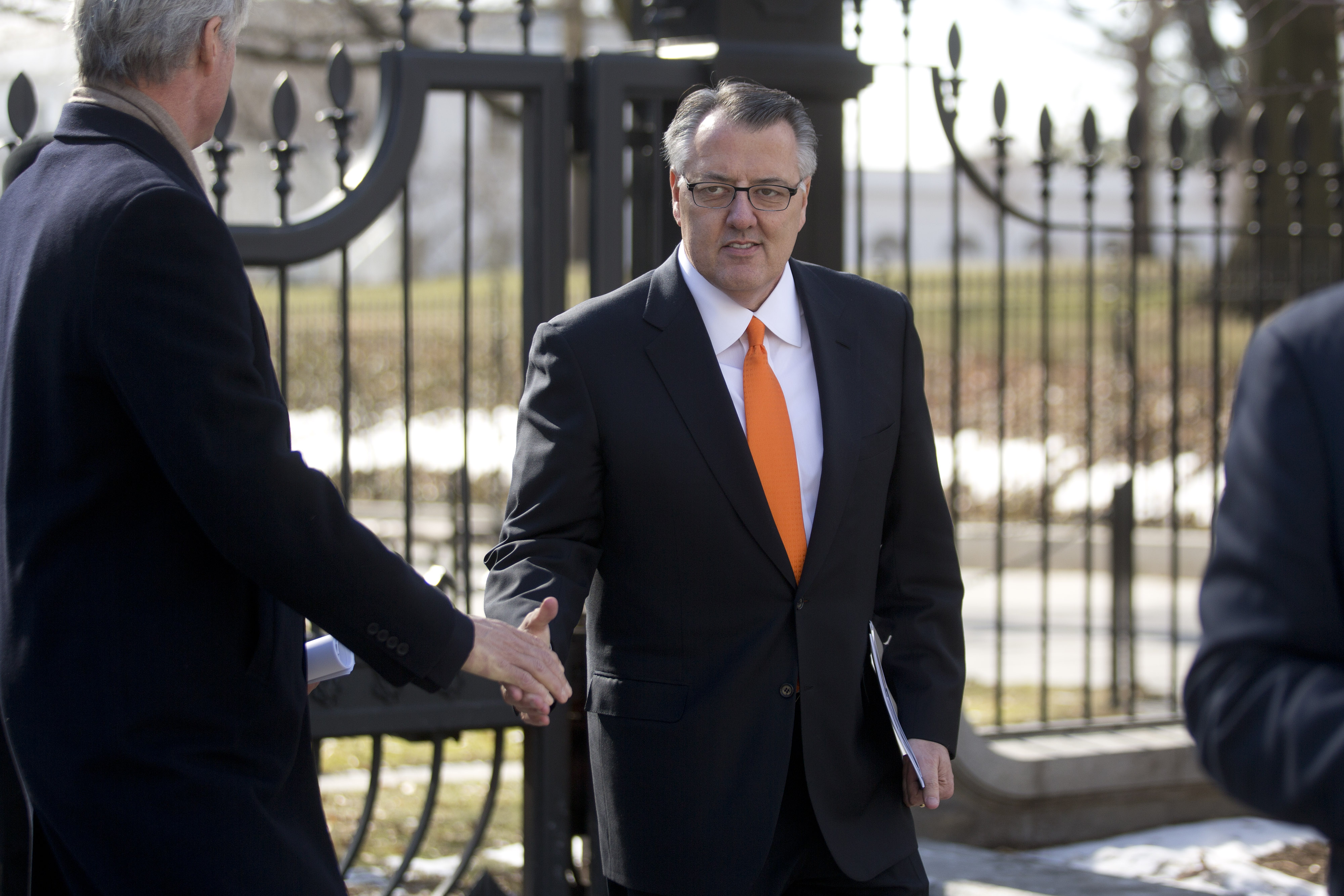
Other times, though, the conversations and work involved were much heavier to get integrators onboard. “We would get big legacy defense contractors where it was a real challenge, and we would sometimes have to do a lot of the engineering [and] product development work for them,” Martin said.
I mentioned finding a momentum-building element in any market targeted for partnerships, and for RapidSOS, that was adding functionality to the products of these vendors that they couldn’t get anywhere else.
“We’re doing the hard work of integrating with these partners … making sure that their information is correct,” Reed said. “And then we provide them with the ability to then display that to their end customer, which makes their offering even better for their customers.” As RapidSOS has massively scaled up in size, the value proposition has only gotten stronger over time.
“There was just this moment and momentum, and the fact that we were saying, ‘Hey, we’re not trying to compete with you guys. We just want to partner with you to get this data in,’ led to this growing community-led approach of solving this challenge,” Martin said.
After years of effort, RapidSOS today counts more than 40 partners in this category.
Take my call, please
While the company offers RapidSOS Portal to allow 911 call takers direct access to data from the company’s clearinghouse, the reality is that most call takers will see RapidSOS data inside their existing software systems. So in addition to directly working with integration partners to convince them to add RapidSOS functionality, the startup has expended immense energy to educate call takers on the utility of its platform. It’s quite helpful to have the very customers of these software integrations asking for these features.
By the company’s estimate, RapidSOS engages in 20,000 hours of training and education with call takers and their managers every year, ranging from in-person conferences and webinars to more individual engagements.

“We don’t view ourselves as a vendor. At least, I don’t view us as a vendor and 911 doesn’t view us as a vendor. We really view ourselves as partners,” Karin Marquez, senior director of public safety and a long-time 911 call taker and supervisor, said. “So, rather than sitting across the table from them, we’re sitting next to them working in partnership to help solve the problems that they have.”
And 911 call centers have a lot of problems, ranging from orchestrating their disparate technologies to personnel and mental health management issues. RapidSOS considers all of those challenges as part of its mission if asked to help.
Aiding these call takers can be challenging. First and foremost, the biggest struggle in connecting with them is simply securing their time. “It’s getting people off the radio, off the phone or off the console in order to attend training,” Marquez said, when asked about barriers to training. “Centers across the U.S. are significantly understaffed. It is really hard to get somebody trained to do the level of work that we do, and of course, COVID had agencies taking a major hit on that.”
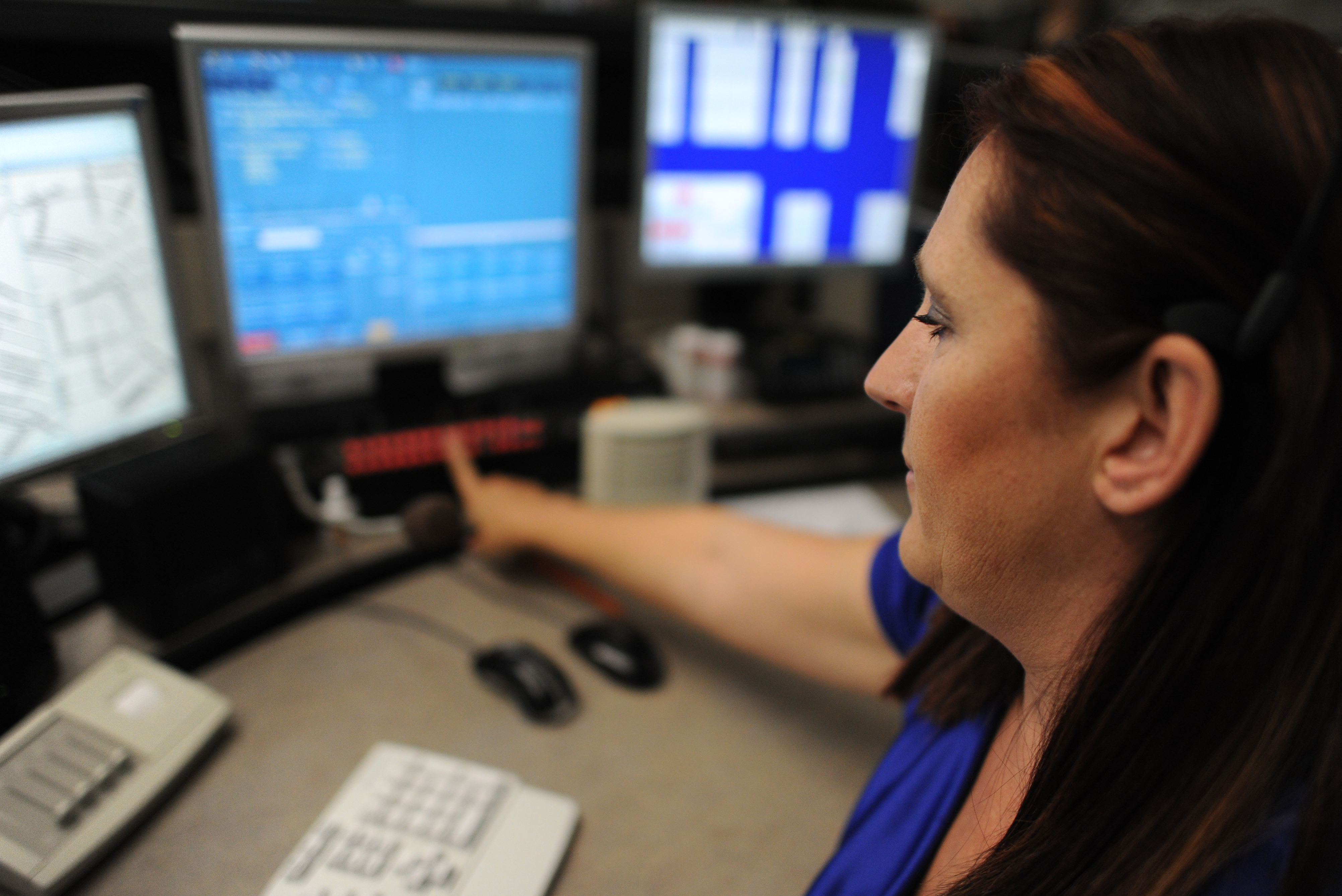
Given the range of experience levels at these centers as well, RapidSOS has had to adapt its curriculum for different levels of technology proficiency. “We have to realize and understand all of the different people that we are trying to train,” Marquez said. There can be a massive digital divide in some centers, with call takers closer to retirement needing extra assistance, while younger workers who grew up with smartphones can typically use these new software systems with minimal training.
Finally, call takers are under enormous pressure to respond to calls as they come in, which means they should never be thinking about how to use a piece of software. “We have to build muscle memory for these telecommunicators, and so it’s always a repetitive process to bring information in front of them, remind them how to use it, remind them where to go, show them where information is, because they’re going to build that into their muscle memory,” Marquez said.
These extensive efforts over years have aggregated to something special. RapidSOS is now in nearly 5,000 PSAPs, and the company’s brand is increasingly recognized broadly in the industry, with its executives speaking regularly at industry conferences. All that demand from call takers has pushed industry vendors to increasingly include RapidSOS as part of their offerings.
Customers can take their time to come around to a partnership
With industry vendors and PSAP workers engaged through partnerships, that leaves building relationships with tech companies looking to use the RapidSOS API and clearinghouse in their own products. Here, the company has been fortunate, because the market has done much of the work of building momentum.
As companies like Google, Apple and Uber started exploring how to add safety features and augment 911 calls with data, they ran into the same problems that RapidSOS confronted: The sheer complexity of this whole space. It was only natural that these large companies, who make their money building popular apps and devices for consumers, wouldn’t want to also implement the fine-grained infrastructure required to improve 911 calls.
“I think, ultimately, we were also really fortunate that there were already teams at Apple and Google that were thinking about this problem. They were actually actively working on trying to solve it and hitting some of the same sorts of challenges,” Martin said. “In so many ways, this was the story of just the community coming together, but also being at the right place at the right time.” RapidSOS was founded in 2013, but it wouldn’t be until 2018 that it signed deals with the two leading smartphone software companies.
That doesn’t always mean that building partnerships with tech companies is easy. RapidSOS announced earlier this month that SimpliSafe would be a new partner. It offers home-security products, and through the partnership, can relay incidents that are detected by its hardware and software directly into 911 call centers.
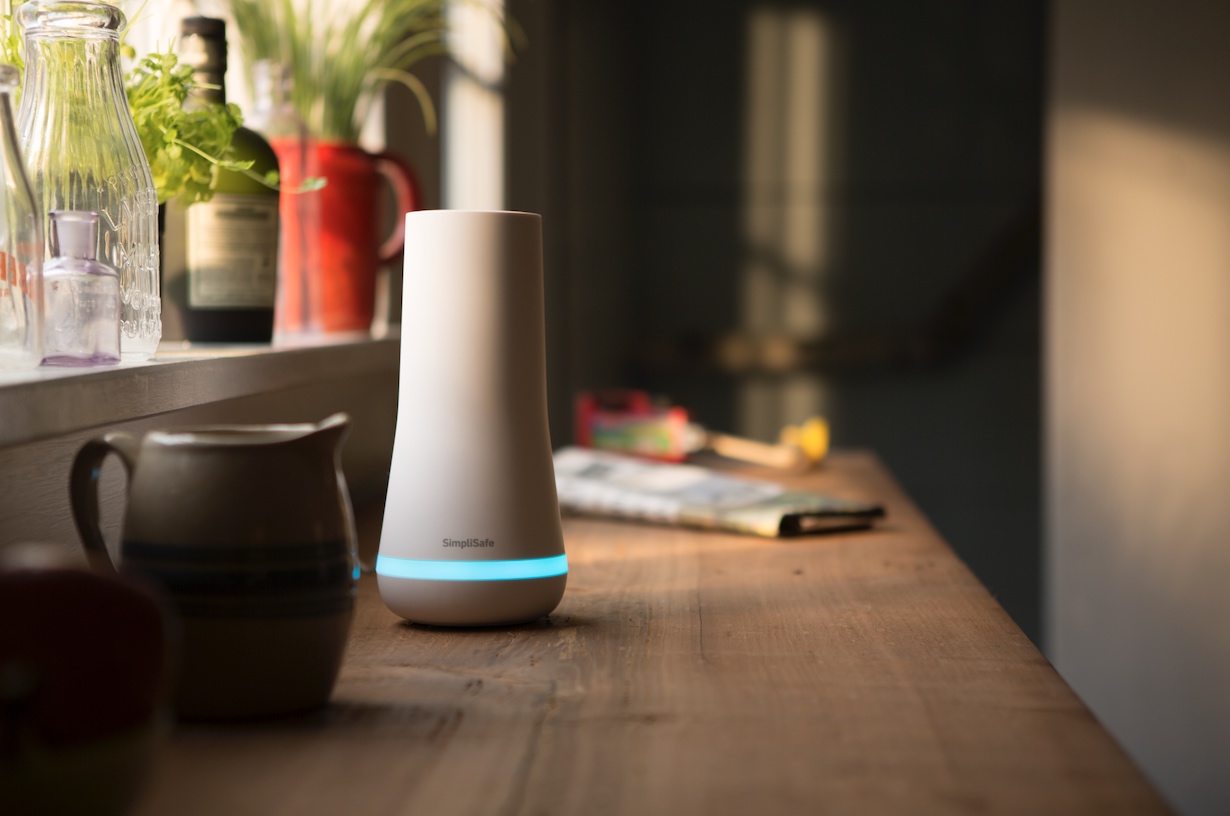
That partnership wasn’t signed the first go-around though. Christian Cerda, the CEO of SimpliSafe and former COO at iRobot (which makes the Roomba robotic vacuum cleaner), said that the company had heard from RapidSOS a while ago, but turned down a partnership opportunity. “In our internal discussions, one of the key debates was, we are going to do this, and Ring and ADT and [other competitors to SimpliSafe] … they’re going to get it and they are going to come immediately after [us],” he said. So they said no.
Yet, as RapidSOS got more penetration among PSAPs, the equation changed for SimpliSafe. “If the answer is, ‘Well, this is great, but we only have 10% of the PSAPs,’ you’re like, ‘Well, call me again when you have 80% of the PSAPs,’” he said. RapidSOS did call again, and this time, Cerda was ready to make the leap. “You’re betting on a future scenario and we need to pull it off, they need to pull it off,” he said. “The world needs to sort of somehow continue to evolve how we both are seeing it.”
From his view as a customer, partnerships can provide clear leverage for smaller companies. “Partnerships are a way to compete with the Googles and the Amazons of the world,” he said. “I think that all of us who are not them, we really need to think through how to increase our competitiveness through partnerships, in a way that they have inside their own roofs, and we should be doing even more of it.”
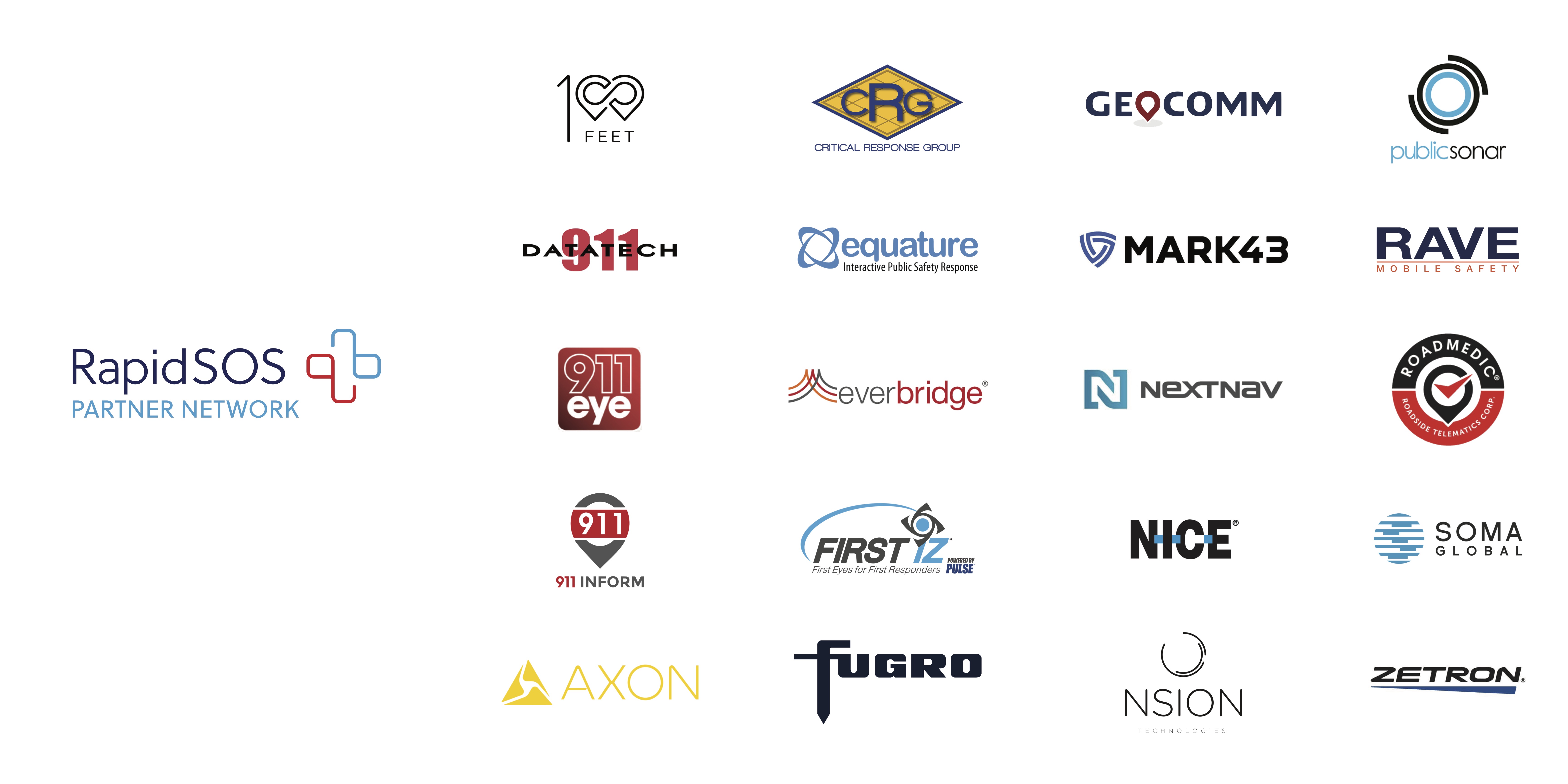
RapidSOS is indeed doing more of it. Just last week, the company unveiled what it has dubbed the RapidSOS Partner Network, which includes 20 inaugural members that integrate their technology into RapidSOS Portal and the company’s clearinghouse platform. For instance, Axon, which builds the Taser electroshock weapon as well as body cams for police, is now a partner and will be able to feed video data from its body cams directly into RapidSOS Portal. Other types of technologies being integrated include drone data, indoor mapping information and smart city systems.
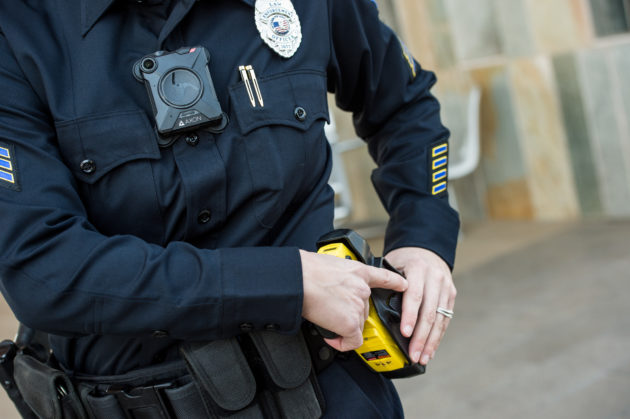
We’ve talked about all these different types of partners separately, but each group helps with the others. 911 call takers are increasingly demanding that their software vendors offer RapidSOS, but they also sometimes recommend RapidSOS to potential tech companies as well.
Take ZeroEyes, which uses AI coupled to video streams to detect guns in environments like schools. Rob Huberty, the company’s COO, said that when they started to build the idea, they decided to interview call takers to get their feedback. “We went to the local [PSAP], and we’re just like, ‘How can we get you to look at our website and do that,’” he asked. “And they’re like, ‘Well, we look at a lot of different things.’ And they were the first ones that told us, ‘There’s this software that you use called RapidSOS that could deliver the messages through us.’”
In short, partnerships beget partnerships, and that’s how an engine works at scale.
A penny for your thoughts
We’ve looked at how RapidSOS built relationships with its three major constituencies: 911 call center software vendors, PSAP staff and tech companies. Yet, we haven’t looked at some of the tactics the company used to accelerate those developments. Two in particular deserve notes: How it built up its advisory board, and how it built an industrywide initiative around emergency health profiles.
The company has been assiduously adding advisers to its various advisory boards since practically the formation of the company. Today, it has eight members on its Tech/Telecom advisory board, 16 on Public Safety/Government, and seven on Medical, Academic & Product. Among the names are Adrian Fenty, the former mayor of Washington, D.C.; Steve Souder, a notable industry leader in 911; TJ Kennedy, the former president of the First Responder Network Authority; and Tom Wheeler, former chairman of the FCC.
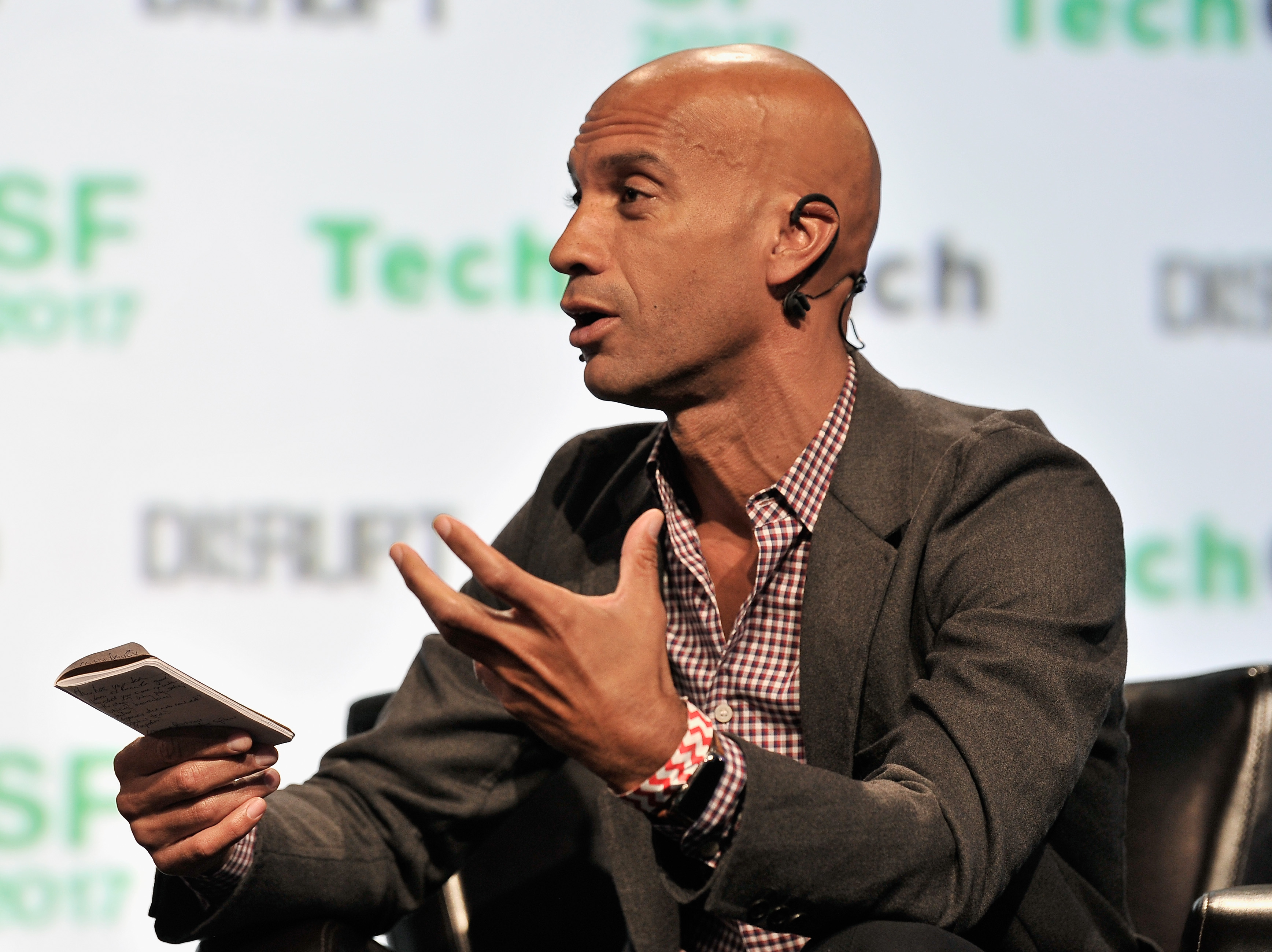
Advisory boards serve a lot of functions for startups. Their members can provide immediate feedback on product and marketing strategies, increasing the velocity of iteration. They can help broker introductions with potential customers and partners, improving the ability of a startup to reach the right buyers. And their individual names can add gravitas to a company that otherwise has little footprint or brand equity, particularly at the earliest stages of development.
“When you’re starting a company, it’s all about listening to your customers, understanding the industry, really getting deep there,” Reed said. “So as we were building the emergency response data platform, it was so important for us that we were doing this in partnership with public safety. And as a young group of entrepreneurs, we saw that it was so important to have the seasoned people from this community provide us with guidance as to how best to go about building this platform.”
Some startups have a tendency to limit themselves to just a handful advisors. RapidSOS saw little reason to place such a restriction on itself, particularly given the multifarious types of partners it had to attract. With more than 30 members, it’s able to find a link to pretty much any potential partner or customer the company can think of.
Maintaining a healthy profile
RapidSOS sees much of its work as helping the community of first responders do their jobs better. As its stature has grown, the company has increasingly spearheaded new cross-industry initiatives to try to improve this community — and also its fortify relationships.
One of the most prominent initiatives it has undertaken is EmergencyProfile.org, a joint effort between RapidSOS, the American Heart Association, the American Red Cross and Direct Relief. The initiative allows consumers to develop an Emergency Health Profile that can be automatically delivered to first responders or 911 call takers during an emergency. While Apple iPhone and Google Pixel users already have such functionality with Medical ID and Personal Safety, respectively, many people may want to setup a profile without access to these devices. That’s where an Emergency Health Profile comes in.
“There’s a huge difference for, say, an ambulance crew in arriving on scene and not knowing anything about these patients, versus if, say, they know the name, the date of birth, and they know that this person is allergic to penicillin. It’s a game-changer. That can save people’s lives,” Reed said.
As a former 911 call taker, Marquez noted that the health information can augment other forms of information available in 911 call centers. “That information may become incredibly relevant during the event as things unfold,” she said. “So, that information is not always maybe needed in those first 10 seconds, but … as responders are getting on scene, what else do we have available to help us make really smart decisions?”
Perhaps most importantly, all these profiles don’t just transmit health data, but emergency contact information as well. “That’s really important for that officer that is going on scene and trying to get a hold of that next-of-kin quickly. There are times where it may take minutes to hours to get a hold of that loved one,” Marquez said.
While it may seem obvious that health information should automatically be transmitted to first responders, as should now be an obvious theme in this EC-1, what’s obvious is rarely the case in this market. Because of the federal health privacy law HIPAA, it’s extraordinarily difficult for medical practices, tech companies and first responders to synchronize health data with each other without a user’s express consent. That means users need to actively upload their profile, which serves as an indication of consent to sharing data should an emergency arise.
RapidSOS started on a farm in rural Indiana and has now expanded to multiple countries, encompassing thousands of call centers and hundreds of millions of devices. It processed more than 150 million calls last year, and as the world expects ever more rich media to be delivered to frontline workers, its API and product suite is only becoming more central to this market over time. It took years to build the flywheel, but now it is spinning rapidly.
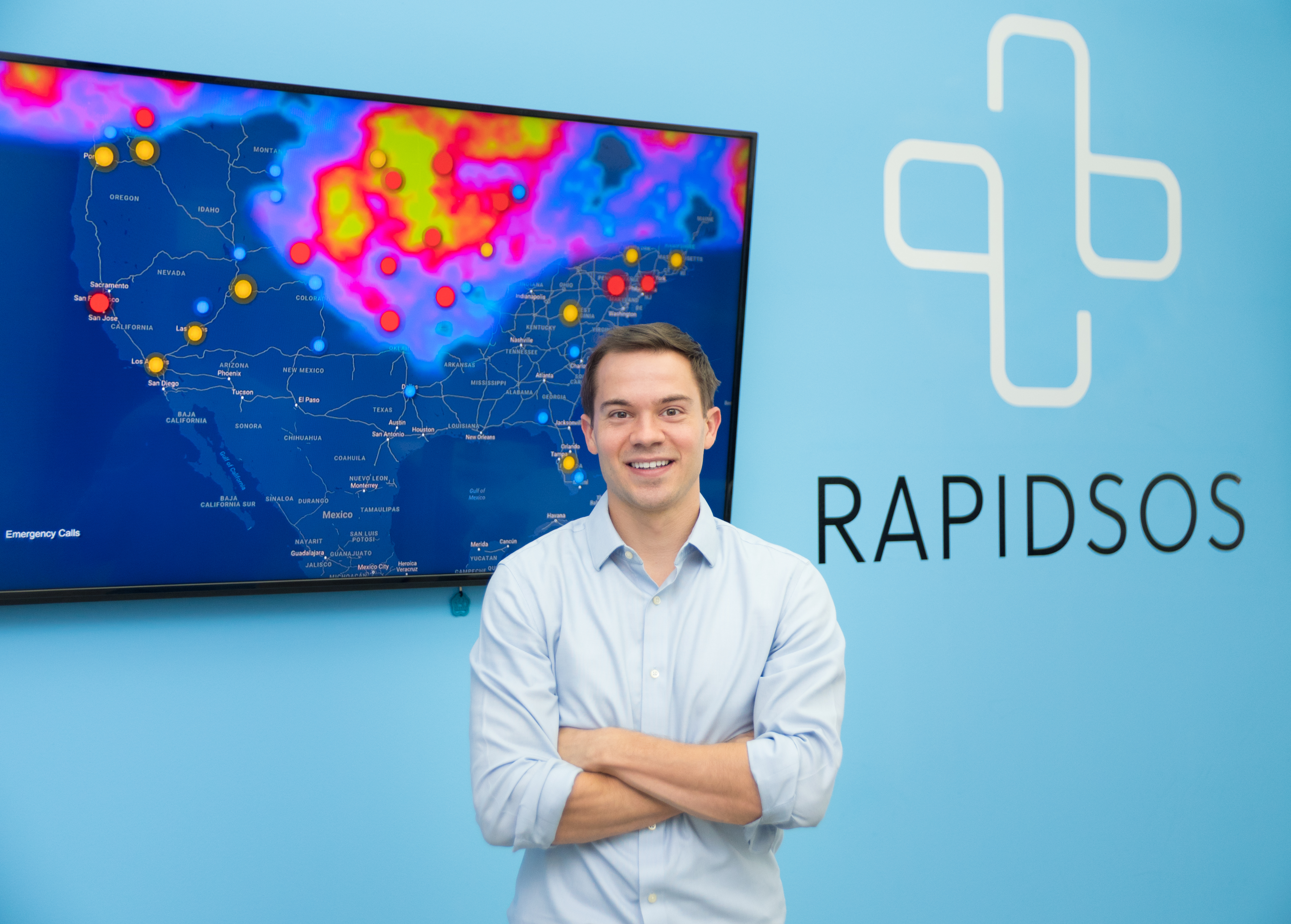
The last three parts of this EC-1 hold many lessons, but a few stand out. First, it’s important to listen to a market and pivot when things aren’t going well. When its consumer app Haven failed to gain traction, it would have been easy to just keep investing more resources into a clearly failed product. Instead, the company chose a completely different direction and ultimately found more success along the way.
Second, when entering a new market — particularly outside of traditional enterprise and tech — it’s critical to hire people from the target industry and make sure their knowledge is latent in all functions of the business. For instance, construction tech startups should hire construction veterans, since that talent will understand the market, domain and language of the industry better than any tech worker. One of RapidSOS’ best tactics is that it regularly hires from the industry it works with.
Third, and finally, seeing all the various actors of an industry as one community is powerful, particularly in a space like emergency response where folks have a particular emotional resonance to their work and to one another. Solving problems can quickly allow a new company to build momentum when the right positive attitude is brought to the table.
Unlike some of our recent EC-1s, RapidSOS is still in the early growth phase of its cycle, having just gotten all the necessary pieces of its business together over the past two to three years. So expect much more growth, many more partnerships, and more international expansion to come for the company these next few years.
Now, we take a bit of a break from the company as we move into the fourth and final part of this EC-1, which looks at the parlous state of America’s 911 infrastructure and why a decade of lobbying hasn’t helped to improve it.
After a decade, Congress might finally bring 911 into the internet age
RapidSOS EC-1 Table of Contents
- Introduction
- Part 1: Origin story
- Part 2: Product and business
- Part 3: Partnerships
- Part 4: Next-generation 911
Also check out other EC-1s on Extra Crunch.
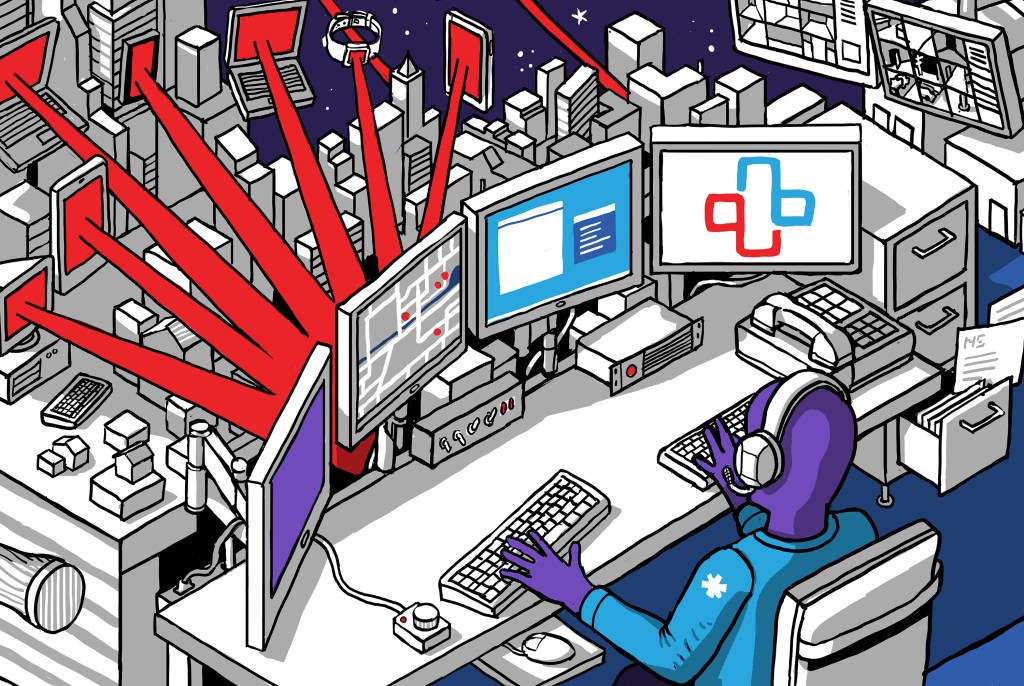






























Comment